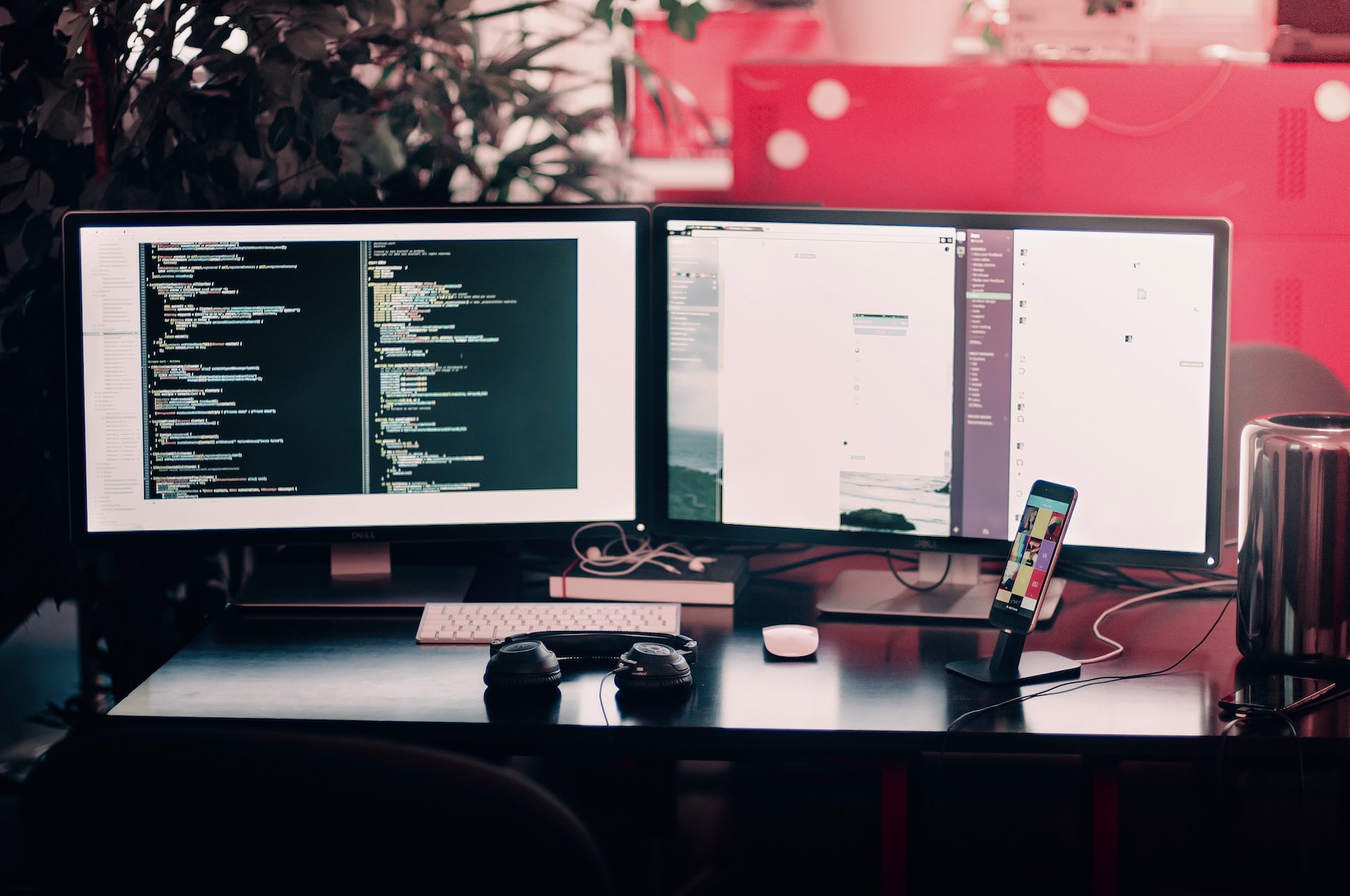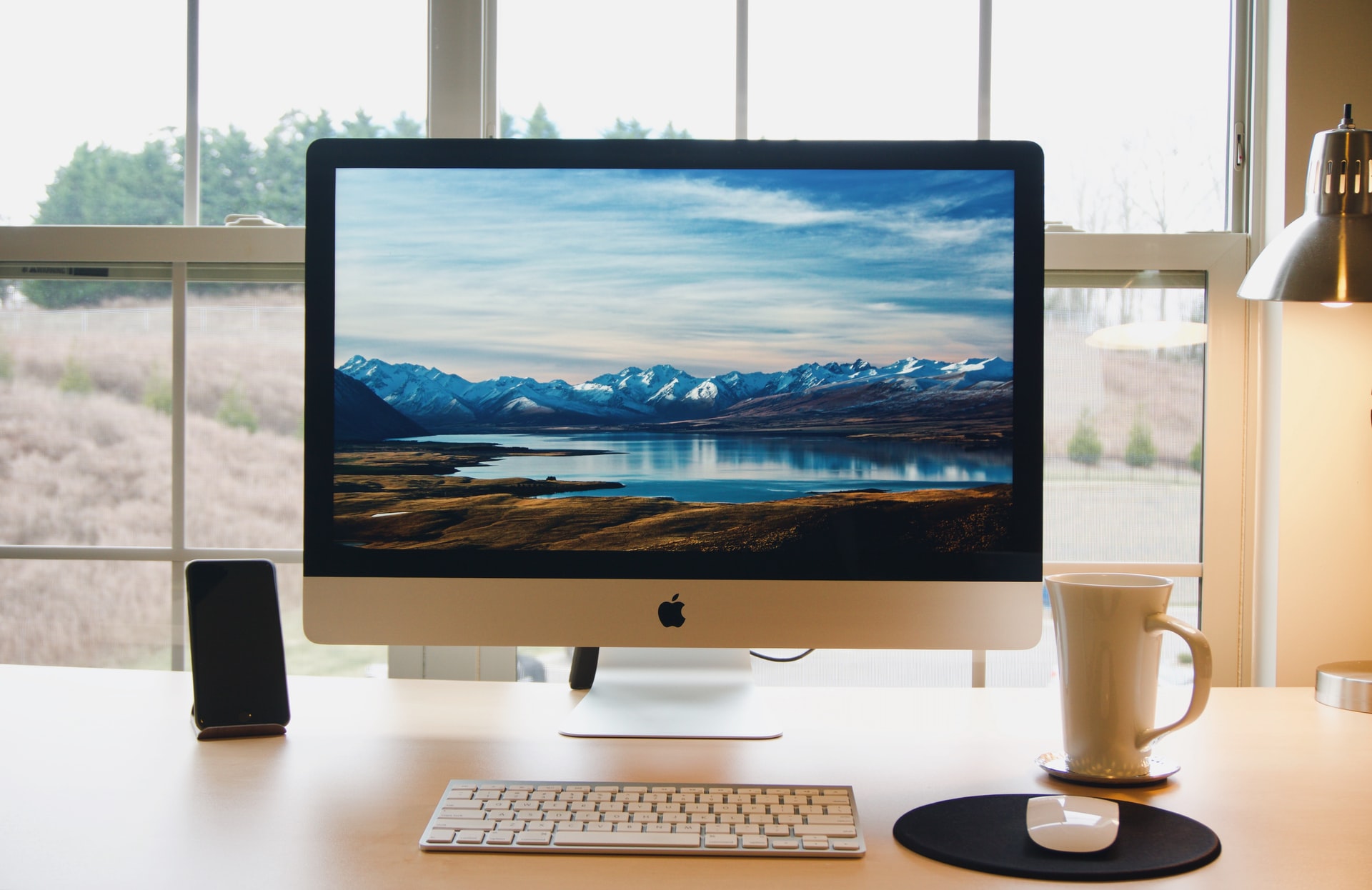Whether your Mac is old or brand new, you will inevitably experience speed issues. Your app stops working, your booting takes longer, or your videos start stuttering. Welcome to the tech world. Unfortunately, there is no single right answer. But we know that speeding up your computer can do the trick. There are several ways to do that.
Free up space
You can uninstall unwanted apps, erase deleted emails from the mailbox, and delete users who no longer need to use your computers. Also, check for shared files on Macintosh and delete them if you no longer need them. There are other ways you can fix the problem too. Move or delete unused and old files so you can free up storage space. Or you can empty the trash and choose the fastest drive with the maximum free space. Audit your Mac occasionally for unused files and documents.
A simple and quick way to increase the speed of your Mac computer is by deleting the Time Machine backup from your Mac computer. Although Time Machine is stored on a network drive, macOS also keeps a copy on the startup drive for you to restore files when you need them. So, when you need storage space, manually remove the Time Machine.
Control designer settings

Most designers who are involved in photo editing work using Final Cut, Adobe Photoshop, or Premiere Pro experience technical errors related to Mac speed issues. Make sure the Adobe units are set appropriately while creating or resizing your documents. Furthermore, consider adjusting the preferences in the Adobe settings.
The visual effects in the Mac computer could be causing a drain on the system resources. Photo editors can boost the speed of the Mac computer considerably by turning off visual effects or changing the visual effects settings. It is amazing how much this can contribute to boosting the speed of the Mac computer.
Go to Dock in System preferences and untick the options Automatically hide and animate opening applications. Next, change Genie to Scale effect after clicking on Minimize windows. And there you go. You have now turned off the visual effects on your Mac computer, and this should hopefully speed up your Mac computer.
iCloud syncing issues
Syncing your photos and files across multiple devices and desktops with iCloud can cause your Mac computer to slow down. Avoid storing large documents and files on your desktop if you are using iCloud. Only storing those files and documents that are necessary can speed things up. You will also spend less time waiting for the syncing.
Not only files and documents but also syncing your photos, pictures, and images on iCloud can slow your computer. You can turn off photos in iCloud on your device, which can save your computer from syncing the photos to your devices. Otherwise, the performance of your Mac can slow down because it will be working too hard.
If you prefer not to have a cloud service or do not yet have an iCloud app installed, it would be better if you could set up a storage device. That way, you could move the photos and images stored on your computer there. It can clear enough space on your Mac computer.
Run an update

In the earlier days, new releases in the Mac computer used to slow the system. Those days do not exist anymore. With the new releases, the company focuses on optimizing resource usage and trimming features, which will speed up your Mac Pro, Mac Mini, or even MacBook. Yosemite, Sierra, and Catalina are optimizing things.
Always keep the operating system updated and ensure you have turned on automatic updates. To check updates, click System Preferences from the Apple icon and select Software updates. Your computer will then look for updates. If it is available, click on Update now.
After you have clicked on the button, you will probably need to wait for a while, especially if there are any updates to be activated. After that, reboot the computer, and you will see a boost in the performance of the computer. Also, turn on the feature that enables you to automatically keep the Mac updated.
Restrict CPU load
If a certain process is consistently causing CPU load, it can take up a lot of processing power, which may slow down the computer. You can stop that process or quit the app and see if it can speed up the computer if the app was manually launched. If not, delete it from the Activity Monitor.
To quit the app using the Activity Monitor, select the process from the monitor and click the X, or delete button or quit. If it does not work, try Force quit. This should turn it off. Ideally, you would want to restart the computer to take effect, and then you will see a drastic improvement in the Mac performance.
If the Activity monitor does not display the process that is slowing down your computer, it may be either a third-party process or part of the internal system. Check the information and graph at the bottom. They can show how and where the computer is using the processing power.
Conclusion
If everything fails, as a last resort, you can reset your Mac and reinstall the system. This must be considered as a last measure because it will delete your entire drive, clearing the user libraries and all the files that were stored. We highly suggest you backup all files, pictures, music, documents, and everything else before doing this.




